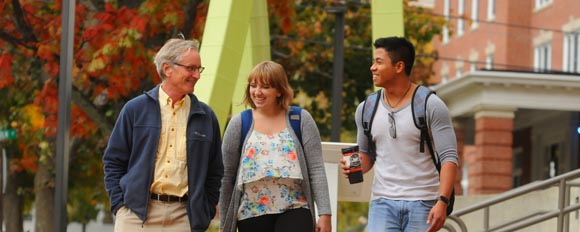Date of Award
2020
Document Type
Creative Project
First Advisor
Luann Yetter
Abstract
Artist Statement:
I wanted a focus on representation. As I began to write and think through the shape of the show, I had an urge to reread Camille Dungy’s Guidebook to Relative Strangers in which Dungy discussed the burden thrust upon her of representing all black women when she was the only black woman at the table during a writer’s retreat. There was an expectation from the other writers that she would explain and speak for black women in general during a conversation about portrayals of race in media.
All of us in the cast have at one point or another, whether in class, at home, or among friends, been expected to represent the demographic in which we fall. And I did not want to force this burden on my performers. So it was vital to my vision of the performance that we each write our monologues ourselves. We would not represent anyone but ourselves by telling our own personal true stories. This was one small way that this show diverged from Ensler’s monologues in that we did not perform as characters telling stories that belonged to someone else. While Ensler’s do not lack in their power and deeply touch on specific experiences that so many people share, it is easier as a listener to build a comfortable wall between the story you hear and the harsh reality of it when the monologue is performed in character. I decided that we hold copies of our monologues on stage as another way of reminding the audience that the stories they heard had happened to the people in front of them.
And as a journalist, I wanted to express a range of experiences that I felt did not get enough attention. This started with my own medical journey over the past year as I encountered diagnoses I had never heard of before, a lack of treatment options due to a lack of research on the female reproductive system, and gender bias and abuse in the healthcare system. But as the cast came together I wanted to broaden the scope of material the show would cover by touching on sexualities that often get erased like asexuality and pansexuality, the fluidity of the non-gender conforming experience, and where overlaps existed between the queer and cis-gendered experience when bodies assigned female at birth seek physical autonomy and change.
Recommended Citation
Murnane, Darby, "Read Our Lips" (2020). Honors 499 Theses and Creative Projects. 8.
https://scholarworks.umf.maine.edu/honors_theses/8


